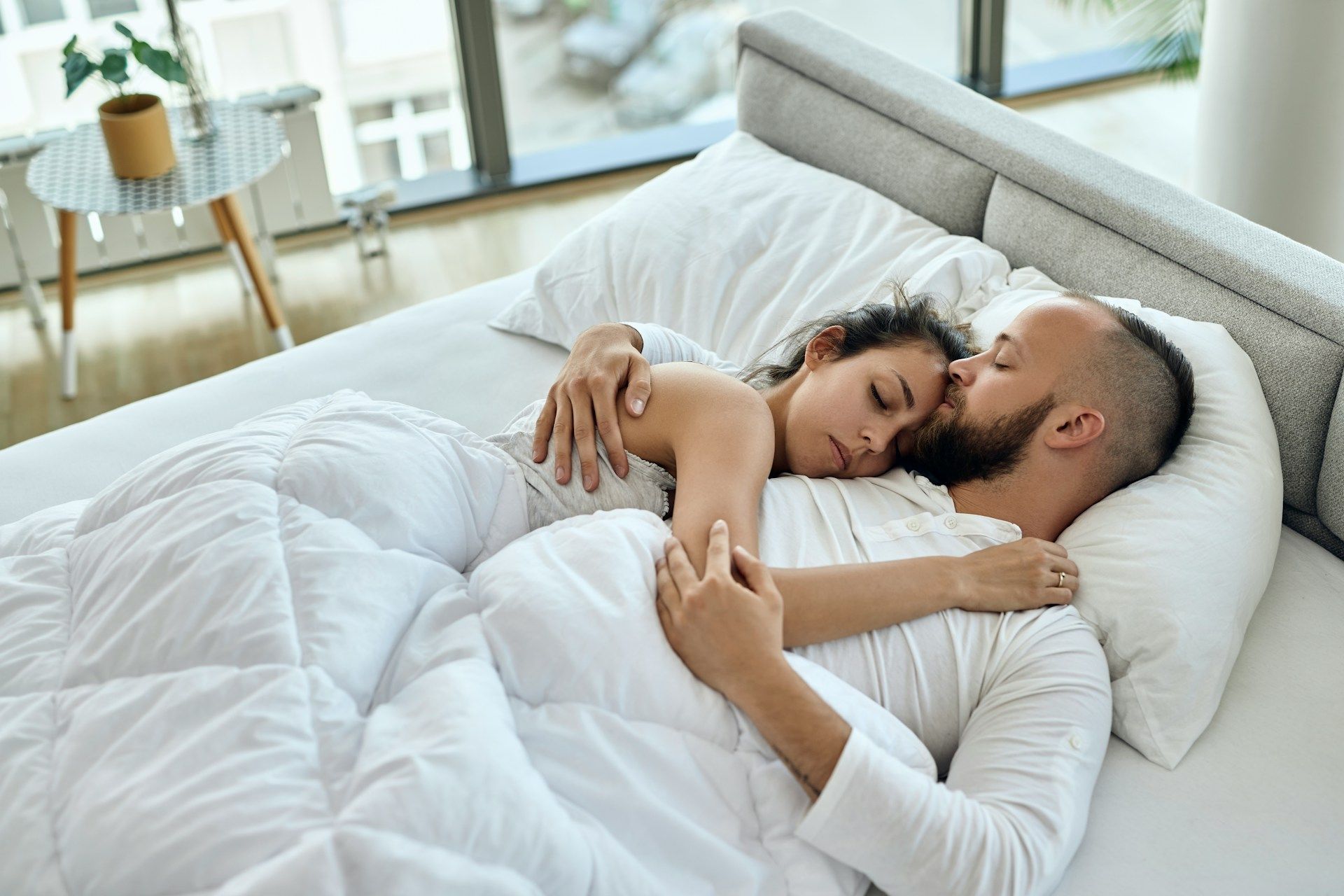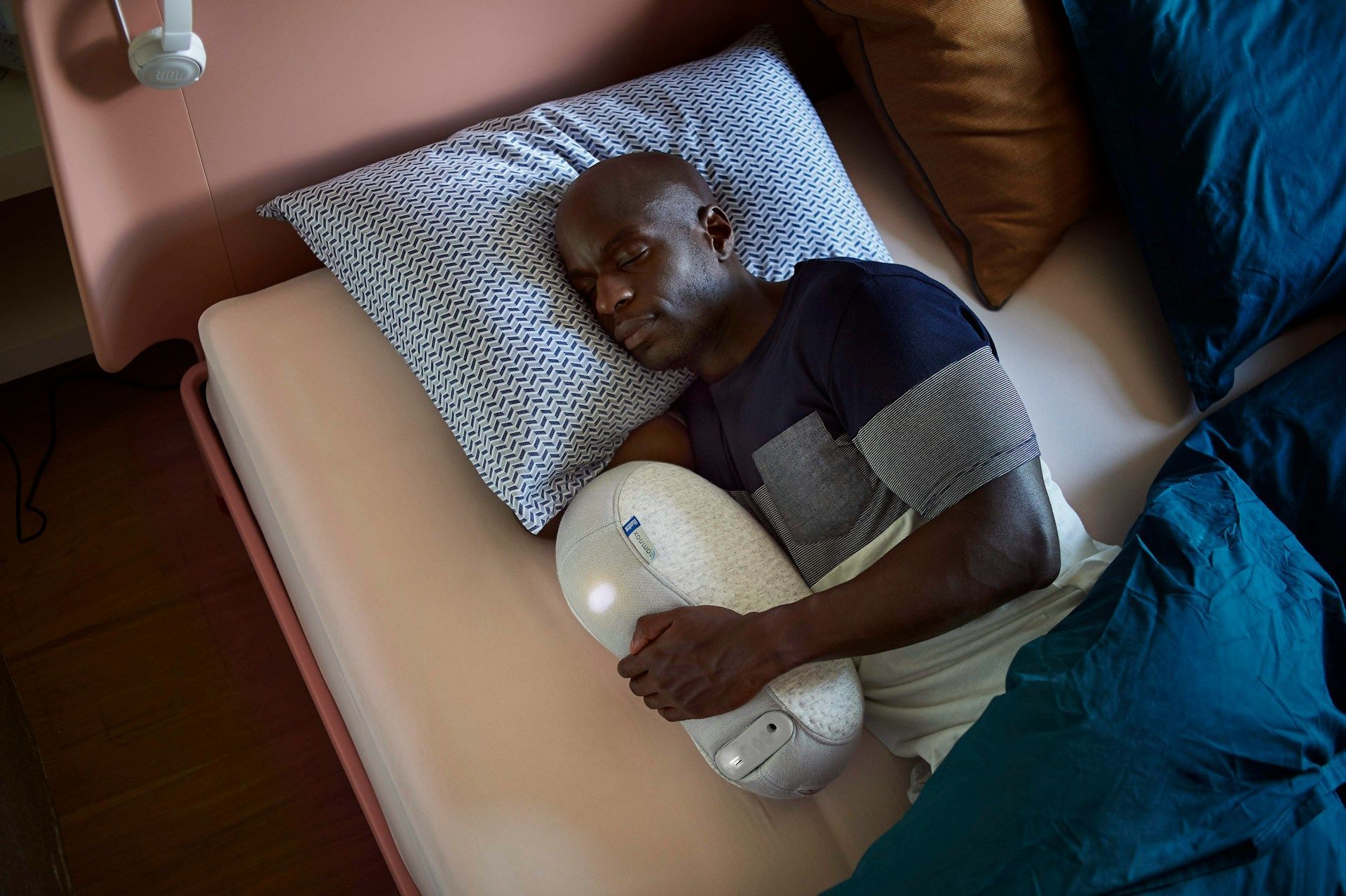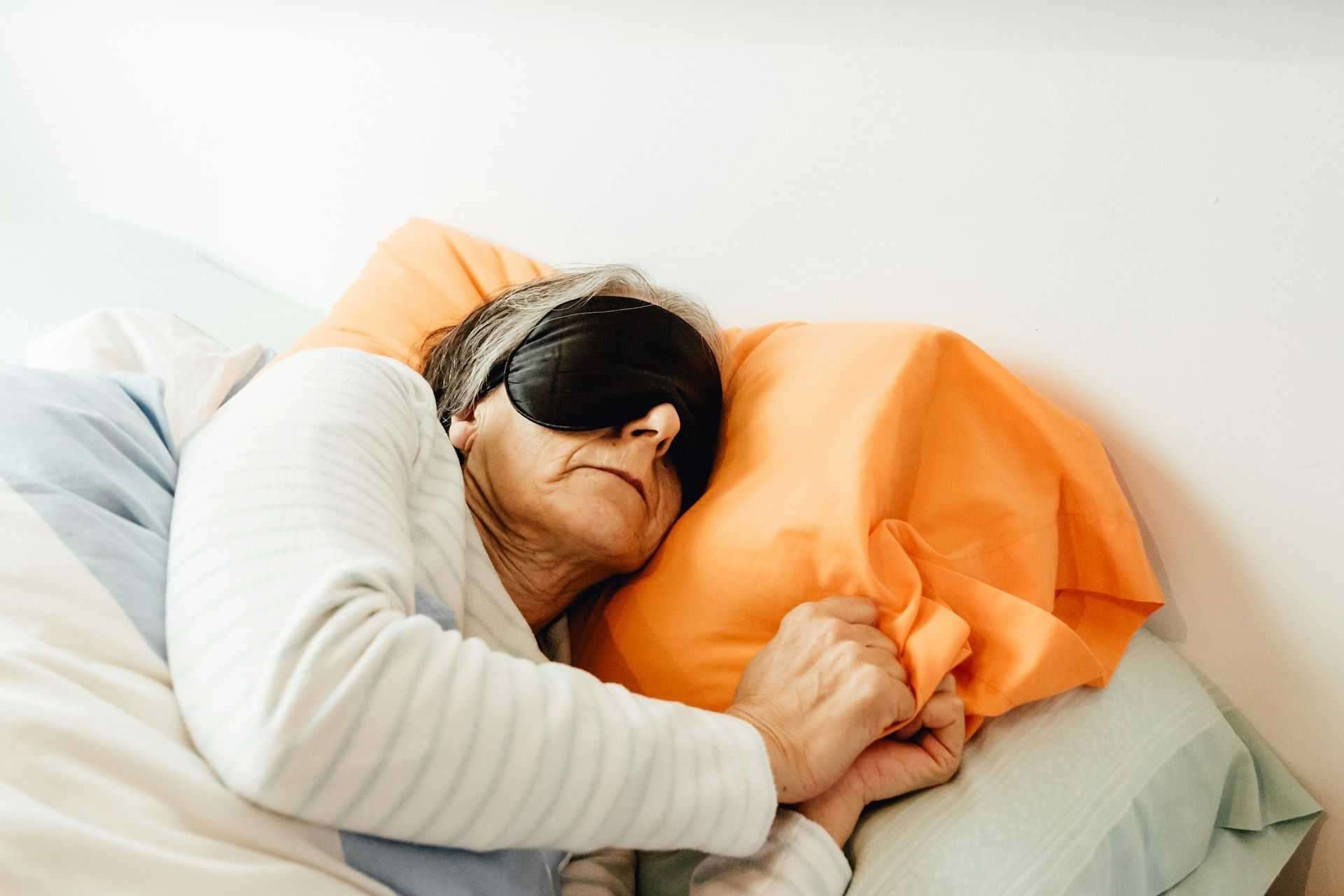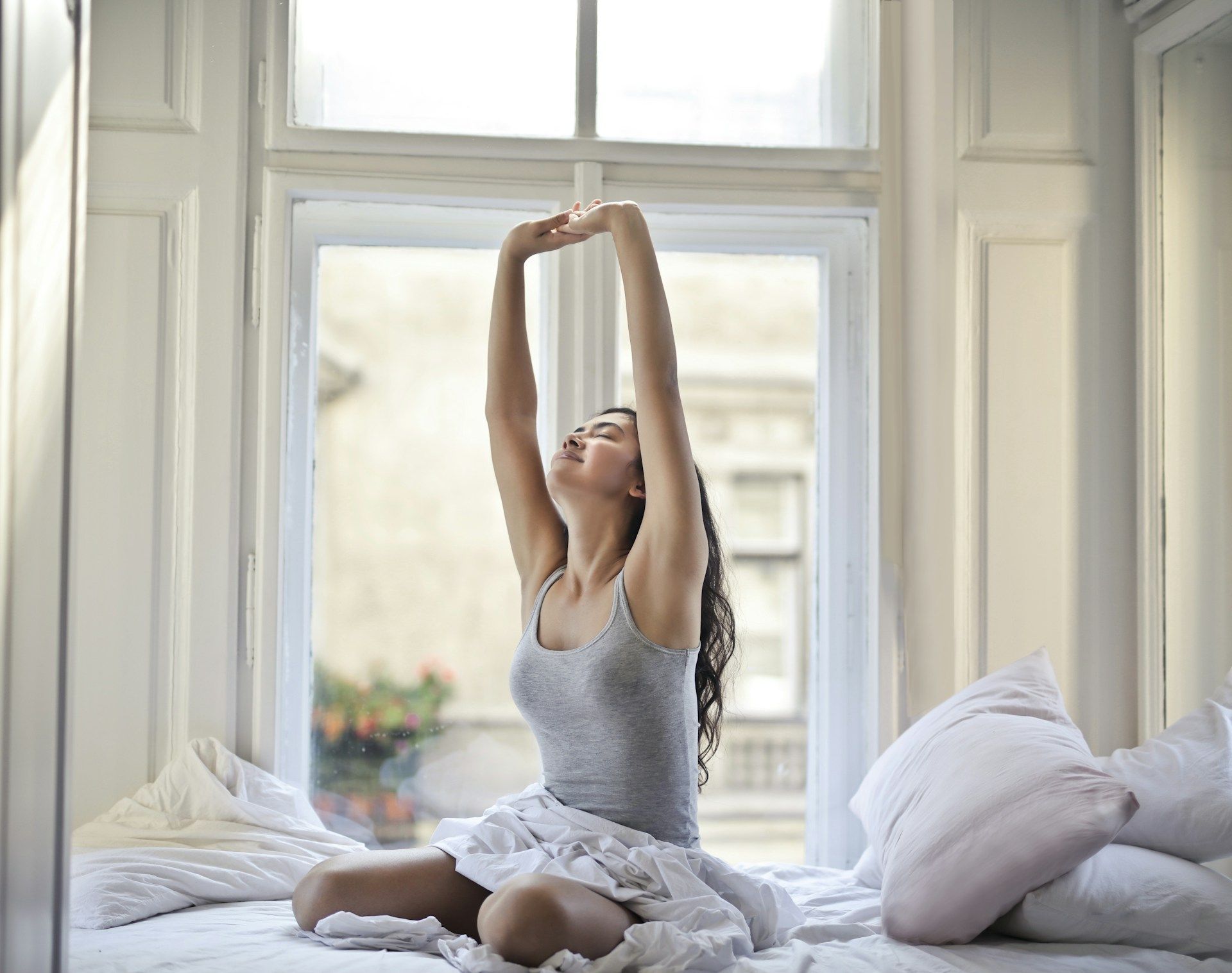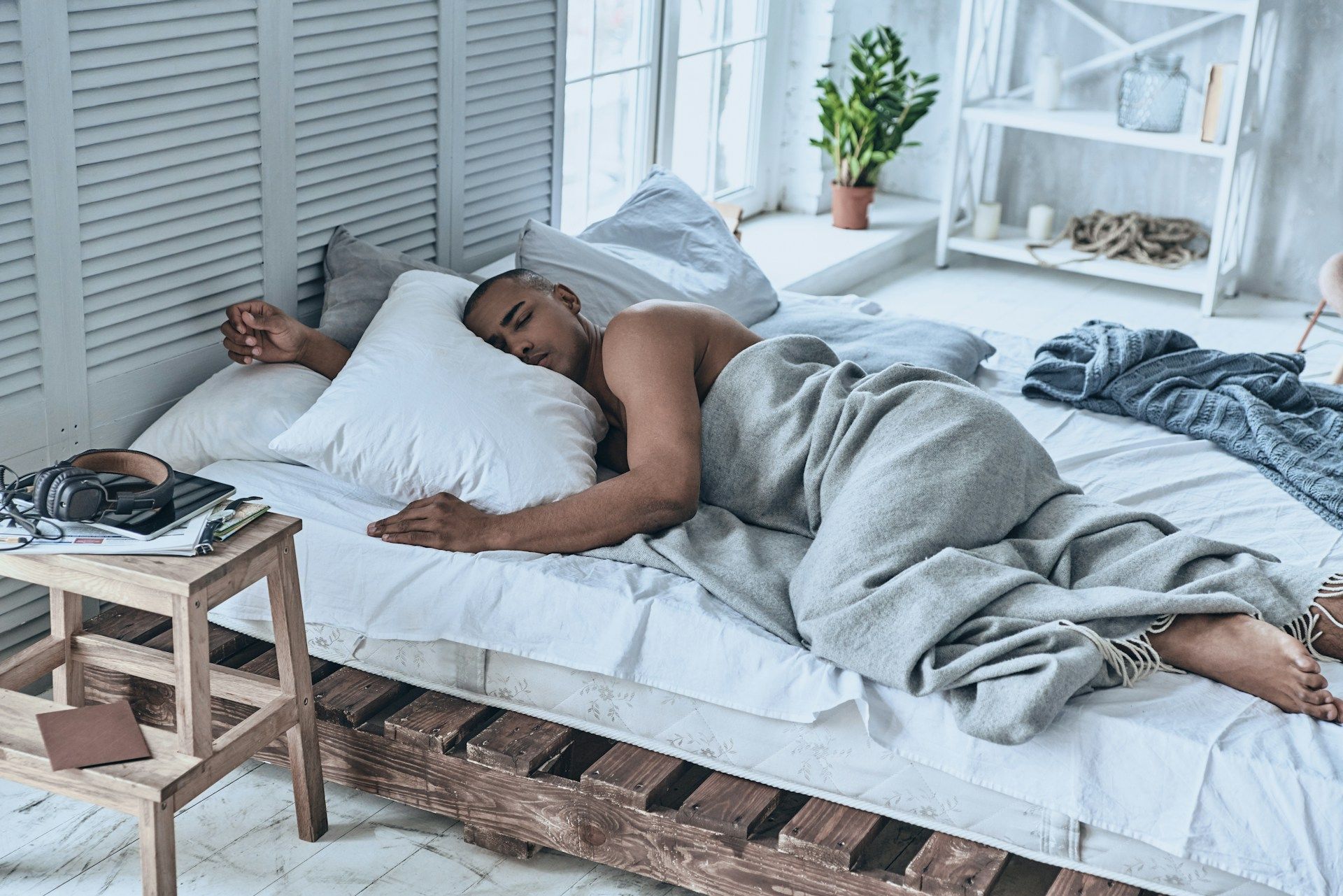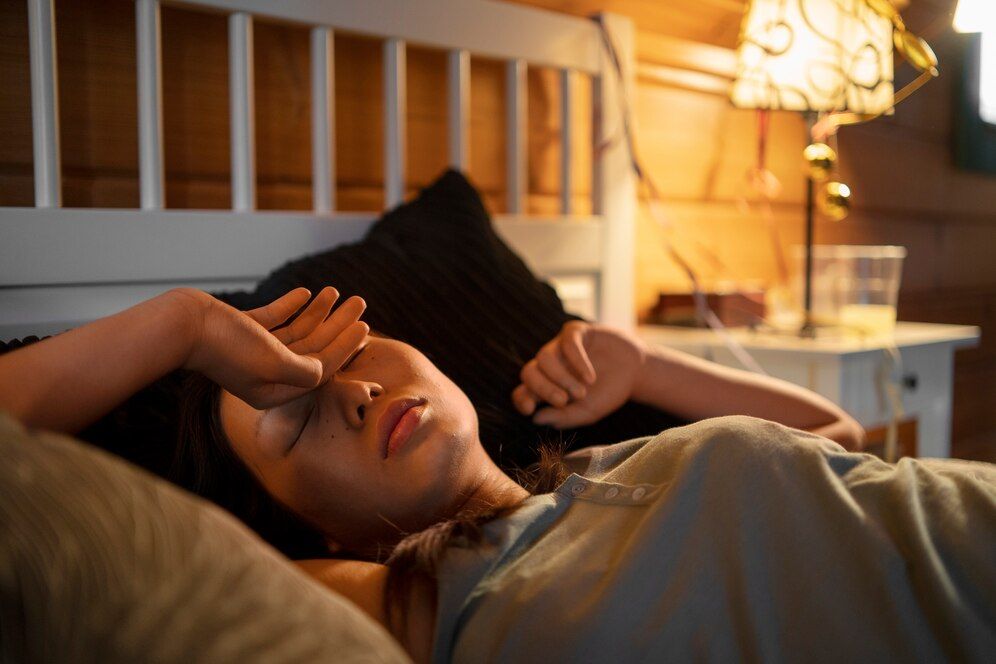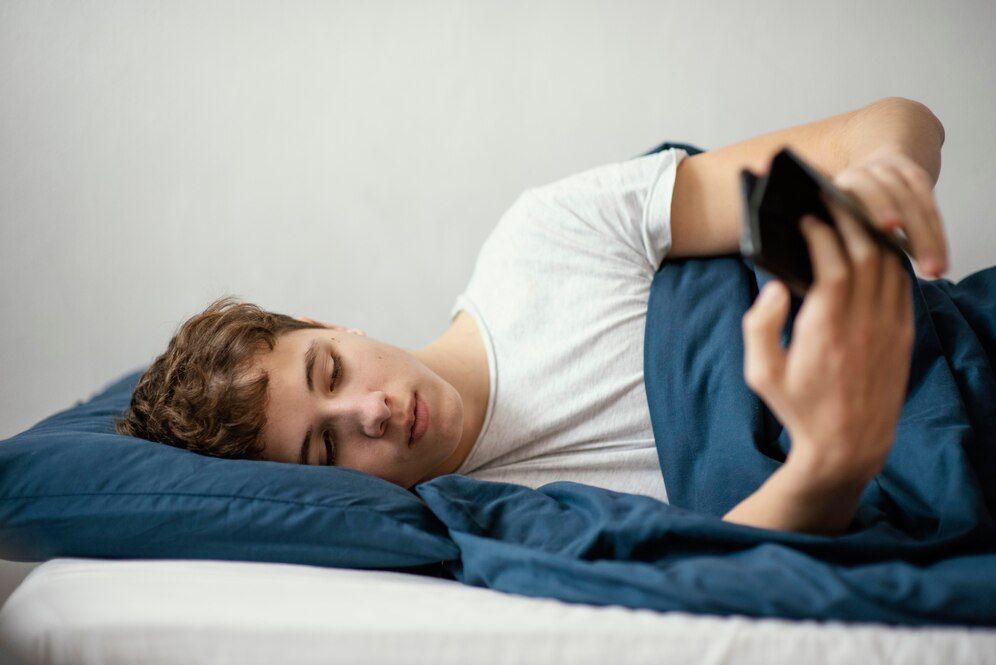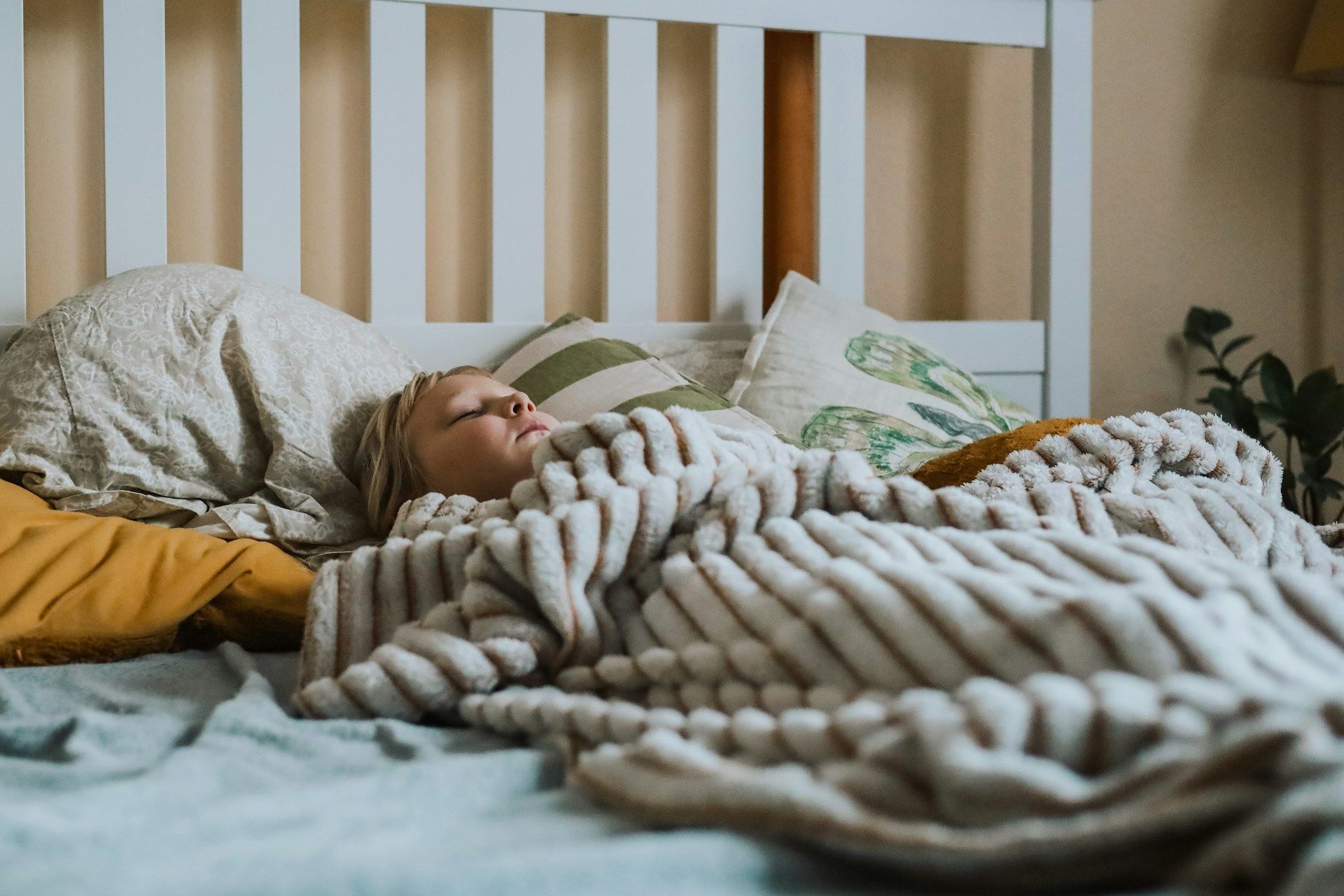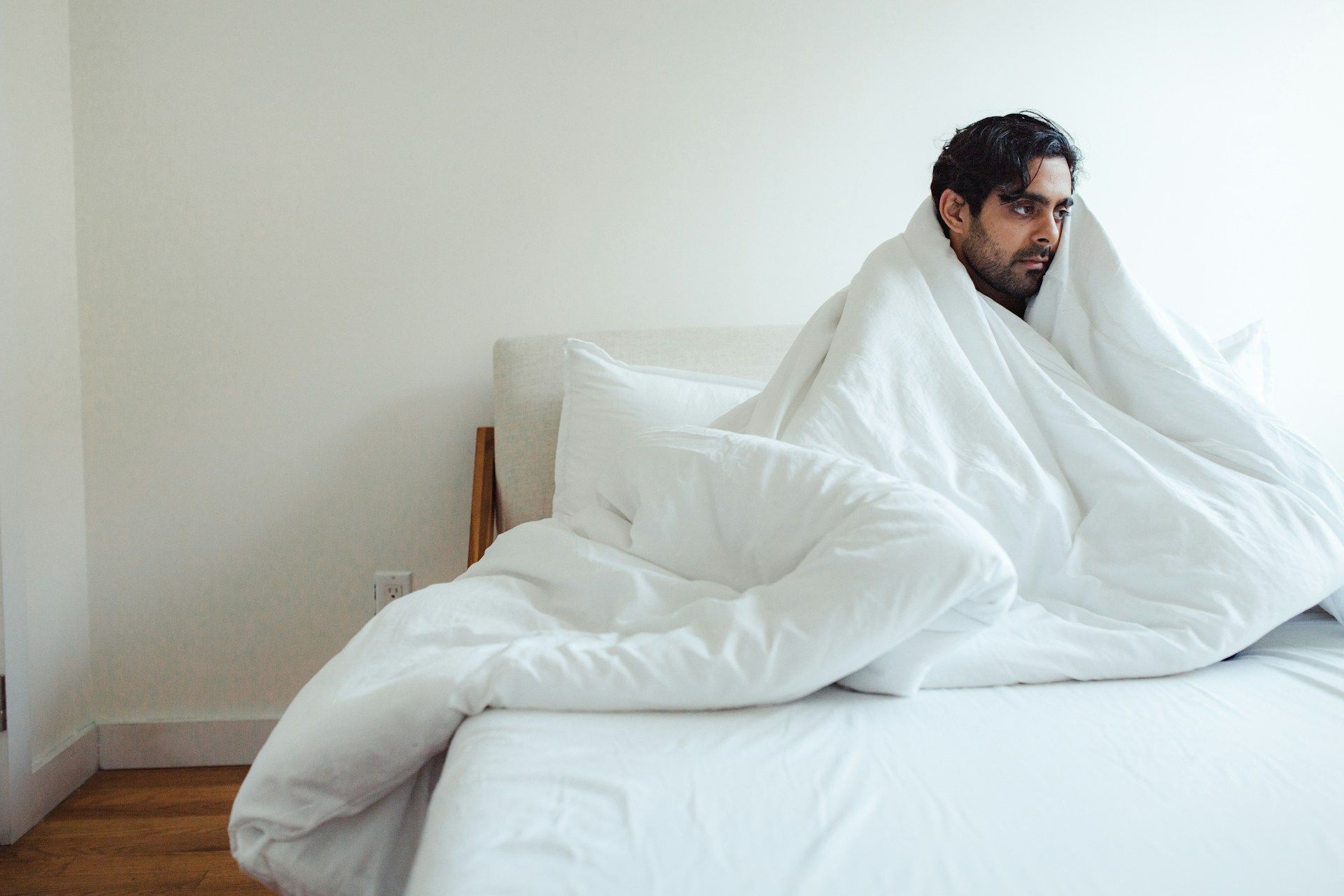Top 8 Effective Alternatives to CPAP Therapy for Sleep Apnea
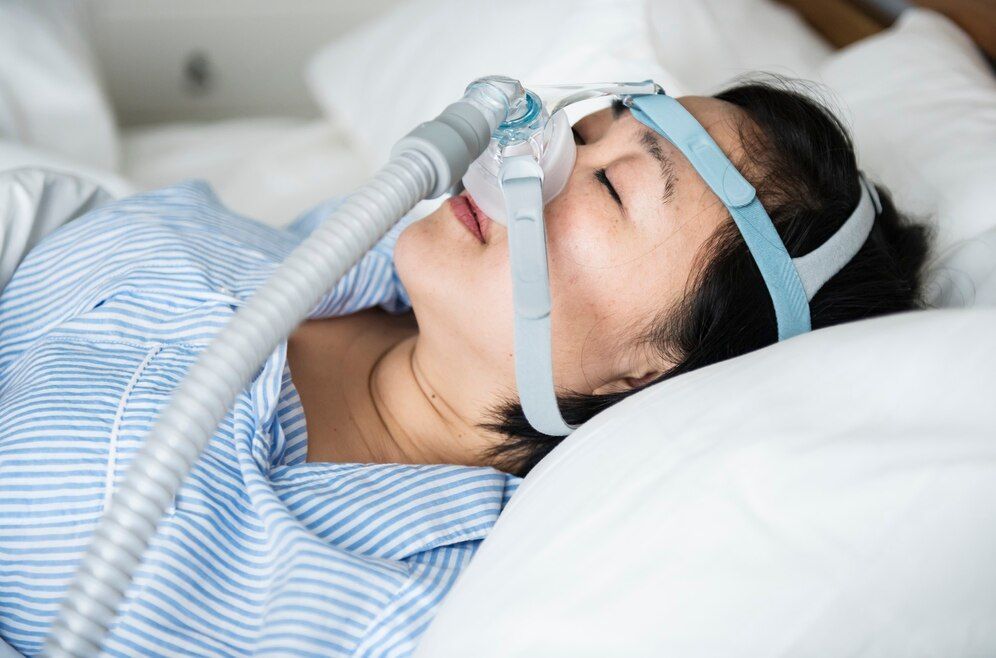
Are you struggling with sleep apnea and finding it challenging to adapt to CPAP therapy? You're not alone. Many patients find themselves searching for effective alternatives to CPAP for their sleep apnea treatment. At Sleep Advantage, we understand that each patient has unique needs and preferences, so we're determined to find the most suitable solution for you.
This article presents the top eight effective alternatives to CPAP therapy for sleep apnea, tailored for those who are CPAP intolerant. By exploring these different treatment options, you'll become more knowledgeable about the available alternatives that are designed to enhance your sleep quality and overall health. From oral appliance therapy to positional therapy, Sleep Advantage is committed to helping patients in Arlington, WA, rediscover restful, uninterrupted sleep through personalized treatment plans.
1. Oral Appliance Therapy
Oral appliance therapy is a popular alternative to CPAP therapy for treating mild to moderate sleep apnea. This treatment involves using a custom-fitted oral device, similar to a mouthguard, that repositions the jaw and tongue during sleep. By doing so, the appliance helps maintain an open airway, reducing sleep apnea episodes and snoring. Patients often find oral appliances more comfortable and easier to use than CPAP machines. Additionally, various types of oral appliances are available, catering to individual patient needs. According to a study published in the Journal of Clinical Sleep Medicine, oral appliances have shown similar efficacy to CPAP therapy in mild to moderate cases of sleep apnea.
2. BiPAP (Bilevel Positive Airway Pressure) Therapy
Although BiPAP therapy is similar to CPAP, it uses two separate pressure settings to facilitate easier breathing for patients. The higher pressure setting assists with inhalation, while the lower pressure setting aids in exhalation. This dual-pressure system makes BiPAP a more comfortable option for some patients, particularly those with higher pressure requirements or difficulty exhaling against CPAP's continuous pressure. A study in Respiratory Medicine found that 60% of patients who failed to comply with CPAP therapy successfully adhered to BiPAP treatment, indicating improved tolerability.
3. EPAP (Expiratory Positive Airway Pressure) Devices
EPAP devices are a novel, non-mechanical option for treating sleep apnea without machines or masks. These small disposable devices attach to the nostrils and use one-way valves to maintain positive airway pressure during exhalation. The pressure created by exhaling against the valve helps to keep the airway open, reducing sleep apnea events and snoring. A study from Chest Journal reported that EPAP devices significantly decreased the apnea-hypopnea index (AHI) in patients with mild to moderate sleep apnea.
4. Positional Therapy
Positional therapy is an effective alternative for patients whose sleep apnea is primarily caused by sleeping in supine (on their back) positions. For such individuals, changing their sleep position can help alleviate symptoms. Positional therapy typically involves wearing a device or using a pillow that encourages side-sleeping, reducing the likelihood of airway collapse. According to the American Journal of Respiratory and Critical Care Medicine, positional therapy resulted in significant improvements in AHI and oxygen desaturation in patients with positional obstructive sleep apnea.
5. Weight Management & Lifestyle Changes
For many patients, addressing the underlying causes of sleep apnea can significantly improve symptoms. Obesity is a major risk factor for sleep apnea, as excess weight around the neck can narrow the airway. Losing weight through a healthy diet and regular exercise can help alleviate sleep apnea symptoms, as can other lifestyle changes like quitting smoking, limiting alcohol intake, and establishing a consistent sleep schedule. A study in the International Journal of Obesity found that a weight loss of 10% led to a 26% reduction in sleep apnea severity.
6. Upper Airway Stimulation Therapy
Approved by the FDA in 2014, upper airway stimulation therapy involves implanting a small device under the skin on the chest, similar to a pacemaker. This device delivers mild electrical stimulation to the hypoglossal nerve, which controls tongue movement. The stimulation maintains proper tongue positioning during sleep, preventing obstruction of the airway. A study published in the New England Journal of Medicine demonstrated that upper airway stimulation therapy led to significant improvements in sleep apnea symptoms.
7. Hypoglossal Nerve Stimulation
Hypoglossal nerve stimulation is another surgical option for sleep apnea treatment. It involves implanting an electrode under the chin to stimulate the hypoglossal nerve directly. The electrode is connected to a pulse generator that's implanted in the chest. This procedure aims to reduce the number of apnea episodes by preventing the tongue from obstructing the airway during sleep. A study in JAMA Otolaryngology-Head & Neck Surgery reported significant improvements in sleep apnea symptoms and quality of life after this procedure.
8. Uvulopalatopharyngoplasty (UPPP)
Uvulopalatopharyngoplasty (UPPP) is a surgical procedure that removes excess tissue from the throat, thereby enlarging the airway and reducing the likelihood of airway collapse during sleep. This surgery is generally recommended for patients with significant obstruction caused by enlarged tonsils or uvula. A meta-analysis in the journal Sleep found that UPPP provided moderate improvements in sleep apnea severity, particularly in patients with mild to moderate sleep apnea and specific anatomical factors.
While we have provided an extensive list of alternatives to CPAP therapy, please remember that the suitability of these treatment options varies based on individual patient needs and circumstances. It's essential to consult with a sleep specialist, like the professionals at Sleep Advantage, to determine the most appropriate course of action for your specific case.
Conclusion
Choosing the right alternative to CPAP therapy can be a game-changer in managing your sleep apnea effectively. With the knowledge of these various treatment options, you are now better equipped to explore and find the best solution for your unique needs. At Sleep Advantage, our dedicated sleep specialists are here to guide you through this journey towards better sleep and improved quality of life. Through personalized care and cutting-edge treatments, we can help you overcome the challenges of CPAP intolerance, snoring, and sleep apnea itself.
Don't let your struggles with sleep apnea hold you back any longer. Take advantage of our expertise and commitment to patient care. Contact Sleep Advantage today and let us help you find the most suitable
alternative to CPAP therapy for your complete sleep wellness.

